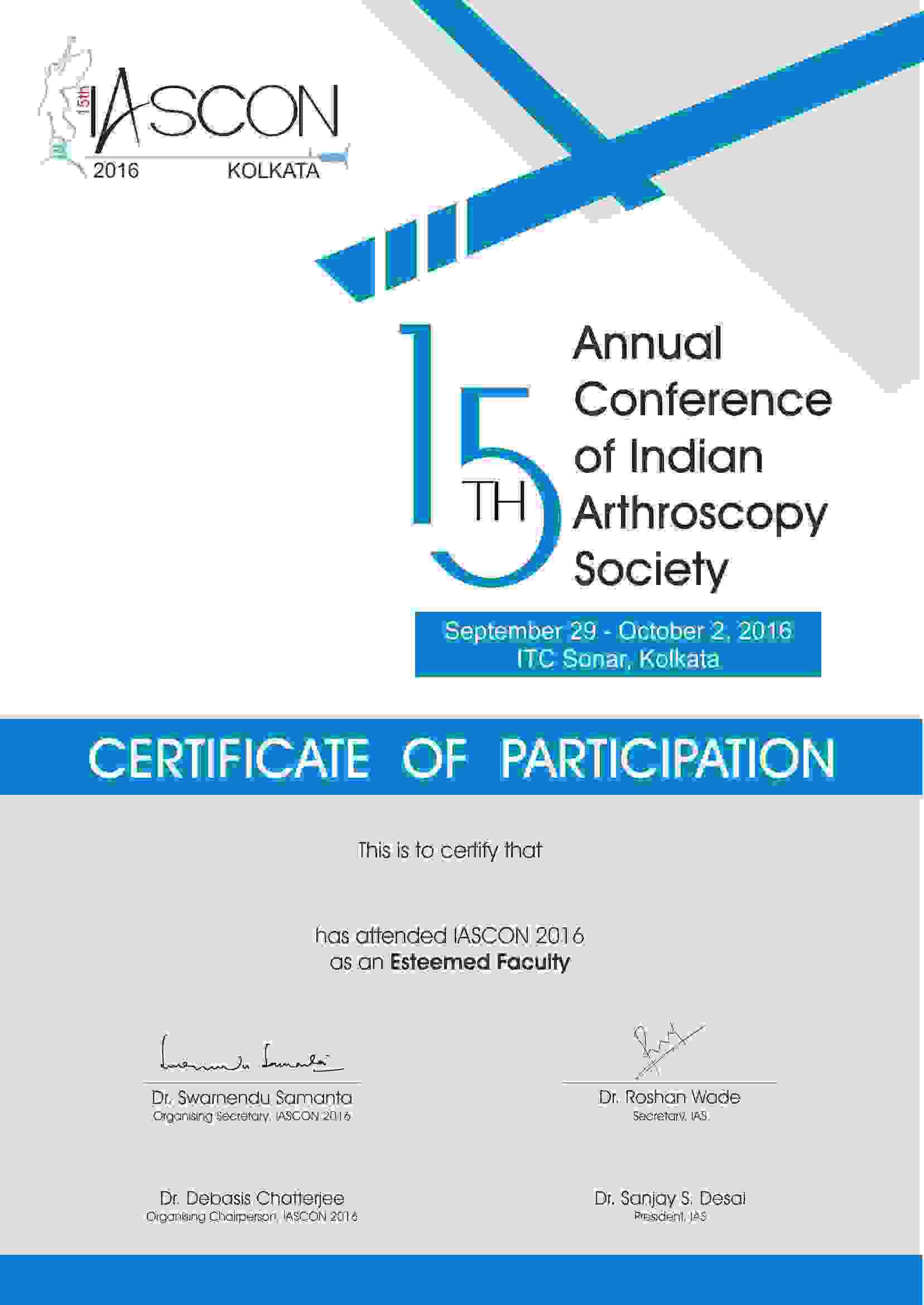In total shoulder replacement surgery, doctors replace the ends of the damaged ‘humerus’ or upper arm bone and the ‘scapula’ or shoulder bone or cap them with artificial surfaces rimmed with either plastic or metal and plastic. Shoulder joint components may then be held in position using cement. They could also be made with material that facilitates sufficient bone growth in the joint components to hold it in place without cement.
Surgeons generally replace the top of the upper arm bone with a long metal piece. It is inserted into your upper arm bone which has a rounded head. In certain cases where the cup-shaped surface of your shoulder bone that holds your upper arm bone is damaged, doctors smooth it and then cap it either with a plastic or a combination of metal and plastic.
The primary goal of total shoulder replacement surgery is to mitigate the pain as well as improve motion, strength and function.
Recovery and Rehabilitation
The rehabilitation program is ongoing and progressive. It may take at least six months to one year to achieve the optimal benefit. From six weeks to the first four to five months, the physician will monitor your progress and then less frequently for one year. If you have any symptoms like fever, redness, swelling or sudden increase in pain, it should be reported immediately to your physician.











